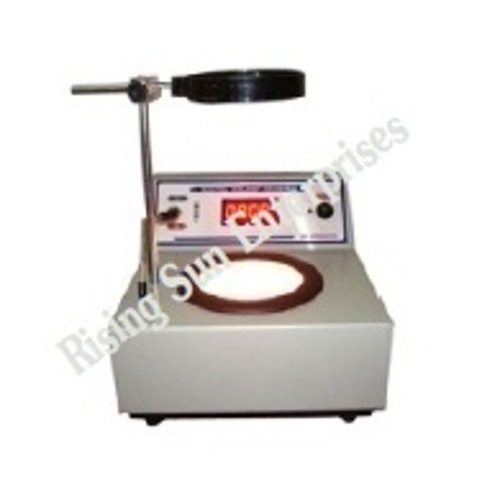Schedule a Call Back
How to use CAD software to reduce material waste in industrial designs
 Articles
Articles- Mar 19,22

Related Stories

4 Low-VOC Industrial Paints That Deliver High Performance in Tough Environments
Volatile organic compounds (VOCs) - contaminating air and water - can affect health. In this article, Emily Newton explores four high-performance, low-VOC industrial paint options that reduce harmfu..
Read more
Rare crystal shapes yield stronger 3D-printed metal parts
Quasicrystals, which were previously considered a myth, are now replicable for large-scale industrial applications. Stakeholders must support investments in 3D printing technologies and continued re..
Read more
How can automation reduce waste in wood manufacturing?
Automation is enabling wood manufacturers to cut waste, improve consistency, and boost productivity by addressing material variability, enhancing finishing processes, and increasing precision in fab..
Read moreRelated Products

Digital Colony Counter
Rising Sun Enterprises supplies digital colony counter.
Robotic Welding SPM
Primo Automation Systems Pvt. Ltd. manufactures, supplies and exports robotic welding SPM.

Heat Exchanger Scale Removal Compound -hesr-300
Hi There!
Now get regular updates from IPF Magazine on WhatsApp!
Click on link below, message us with a simple hi, and SAVE our number
You will have subscribed to our Industrial News on Whatsapp! Enjoy















